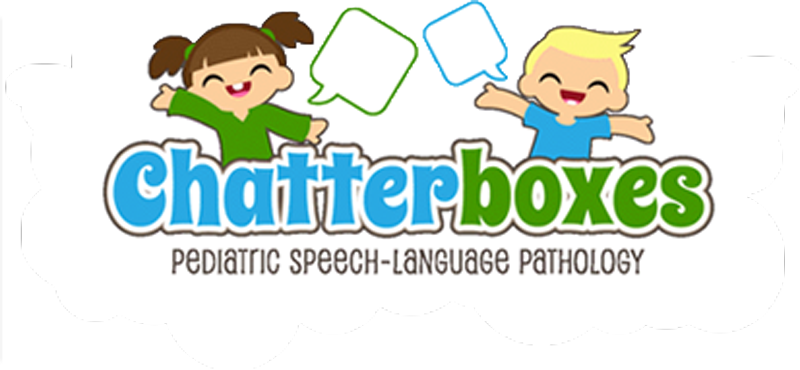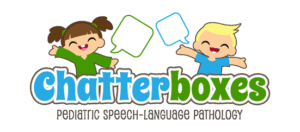Most children make errors in articulation, when they are learning to talk. Many children naturally outgrow these articulation errors or error patterns.
When a child does not outgrow particular error(s) or error pattern(s), he or she may be at risk for an Articulation Disorder. Therefore, if the following errors are noticed past the age of natural suppression, it is important the child see a Speech-Language Pathologist, so they and their parents can learn the strategies and exercises necessary to help remediate their error(s) or error pattern(s), and increase their intelligibility (ability to be understood by others).
The top ten articulation errors and error patterns that we have observed at Chatterboxes, in children under 5 are as follows:
1) Cluster Reduction, e.g., “poon” for ‘spoon’
Naturally suppresses by age 4
2) Velar Fronting, e.g., “tup” for ‘cup’
Naturally suppresses by 3 years, 6 months
3) Interdental Lisping, e.g., “thit” for ‘sit’
Developmentally appropriate until age 4 years, 6 months
4) Final Consonant Deletion, e.g., “Da” for ‘Dad’
Naturally suppresses by age 3 years, 3 months
5) Stopping of Voiced Sounds /th/, e.g., “dat” for ‘that’
Naturally suppresses by age 5
6) Palatal Fronting, e.g., “seep” for ‘sheep’
Naturally suppresses by age 3 years, 6 months
7) Gliding of /r/, e.g., “wing” for ‘ring’
Naturally suppresses by age 5
8) Gliding of /l/, e.g., “wamp” for ‘lamp,’ or “yike” for ‘like’
Naturally suppresses by age 5
9) Weak Syllable Deletion, e.g., “tehphone” for ‘telephone’
Naturally suppresses by age 4
10) Consonant Harmony, e.g., “mime” for ‘mine’
Naturally suppresses by age 3 years, 9 months




















